Have you ever been out on a hiking trip and noticed that your fingers have started to swell up? If so, you are not alone! Many hikers experience swelling in their fingers during an outdoor excursion. This phenomenon can be both uncomfortable and bothersome, but the good news is that it is completely normal. In this guide, we will explore why our fingers swell when we hike and what we can do about it. Read on to learn more about why your fingers swell when you hike and how you can prevent or reduce this issue for a more comfortable hiking experience.
Why Do Your Hands Swell When Hiking?
Have you ever wondered why your hands swell up when hiking? It’s a common experience and it can be quite uncomfortable. The good news is, there are actually some simple explanations for this phenomenon.
One of the main reasons that your fingers may swell while out on a hike is due to the elevation change. When you’re at higher altitudes, the air pressure tends to be lower than it is at sea level, which means there’s less oxygen in the atmosphere. This causes your body to respond by sending more blood flow into your extremities in an attempt to get more oxygen into those areas. As a result, your hands will swell up as they are receiving more blood than usual.
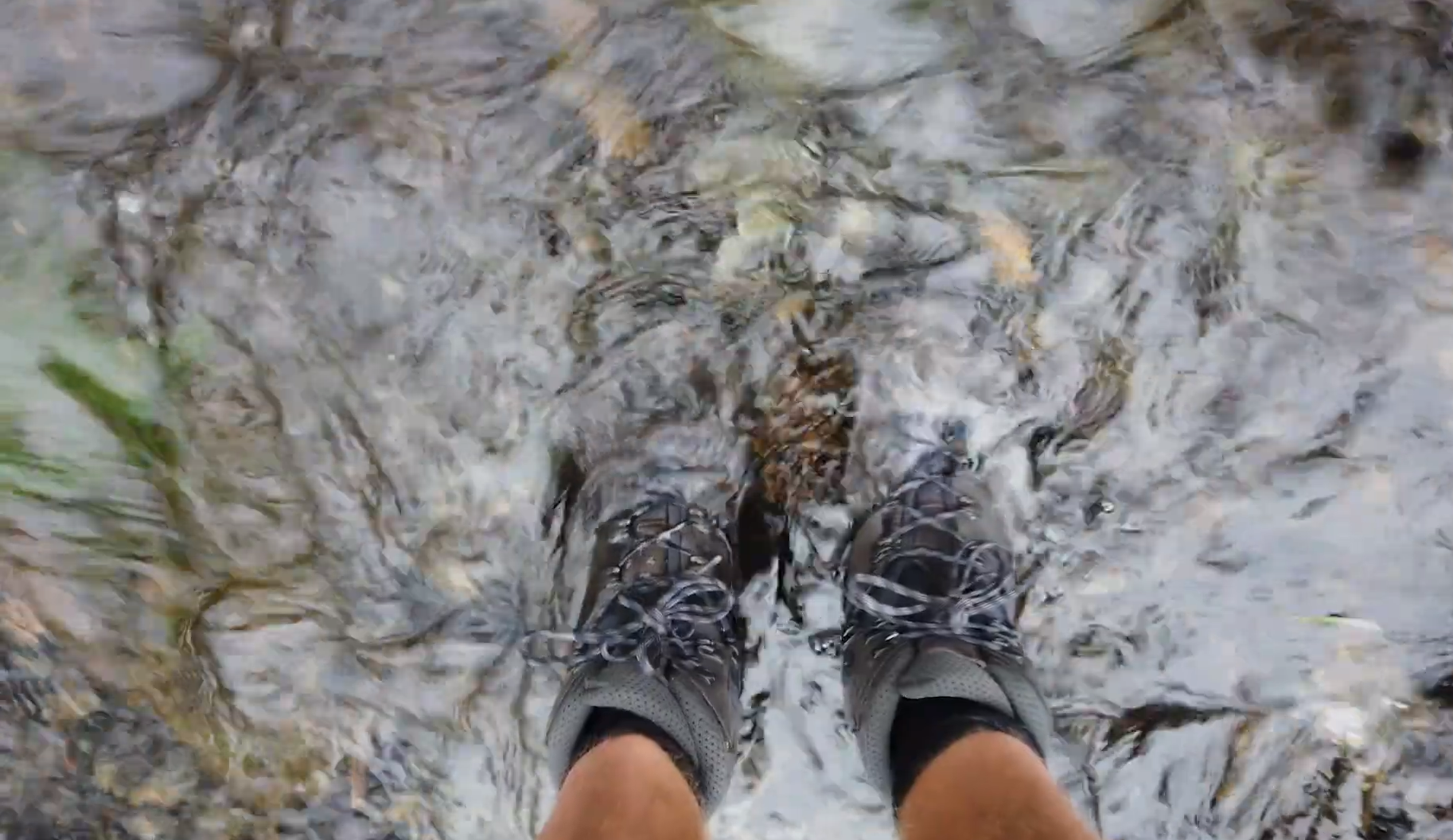
Blood vessel expansion
When fingers swell while hiking, it is usually because of the expansion of blood vessels in the area. When you are exposed to higher altitudes and temperatures, like when you go to a high mountain or desert on a hot day, your body tries to keep its temperature regulated by expanding the tiny capillaries within the tissue. This causes an increase in your circulation and makes your extremities — like fingertips — swell up. The swelling can cause discomfort and make it difficult for you to grip objects or type on a keyboard. To avoid this issue, hikers should dress appropriately and stay hydrated while trekking at high altitudes or in hot climates. Additionally, if you experience any pain related to swelling up of fingers while hiking, take a break and rest until the discomfort subsides.
Fluid Build-Up
When hiking, it’s common for your fingers to swell due to fluid build-up. This is because when we exercise, the body releases more fluid into the bloodstream than usual. As this extra fluid circulates throughout our bodies, pressure builds up in certain areas and causes swelling. When this happens in your fingers, they can become puffy and uncomfortable.
Tight backpack straps
Another common cause of swollen fingers while hiking is due to tight backpack straps. If the straps are too tight, it can restrict blood flow and circulation in your hands. This can lead to swelling and discomfort in your fingers, as well as numbness or tingling. To prevent this from happening, adjust the straps so that they’re comfortably snug but not cutting off circulation. Additionally, take breaks throughout your hike to give your hands a rest from the pack’s weight. Taking periodic breaks can help reduce pressure on your wrists and improve circulation in your hands.
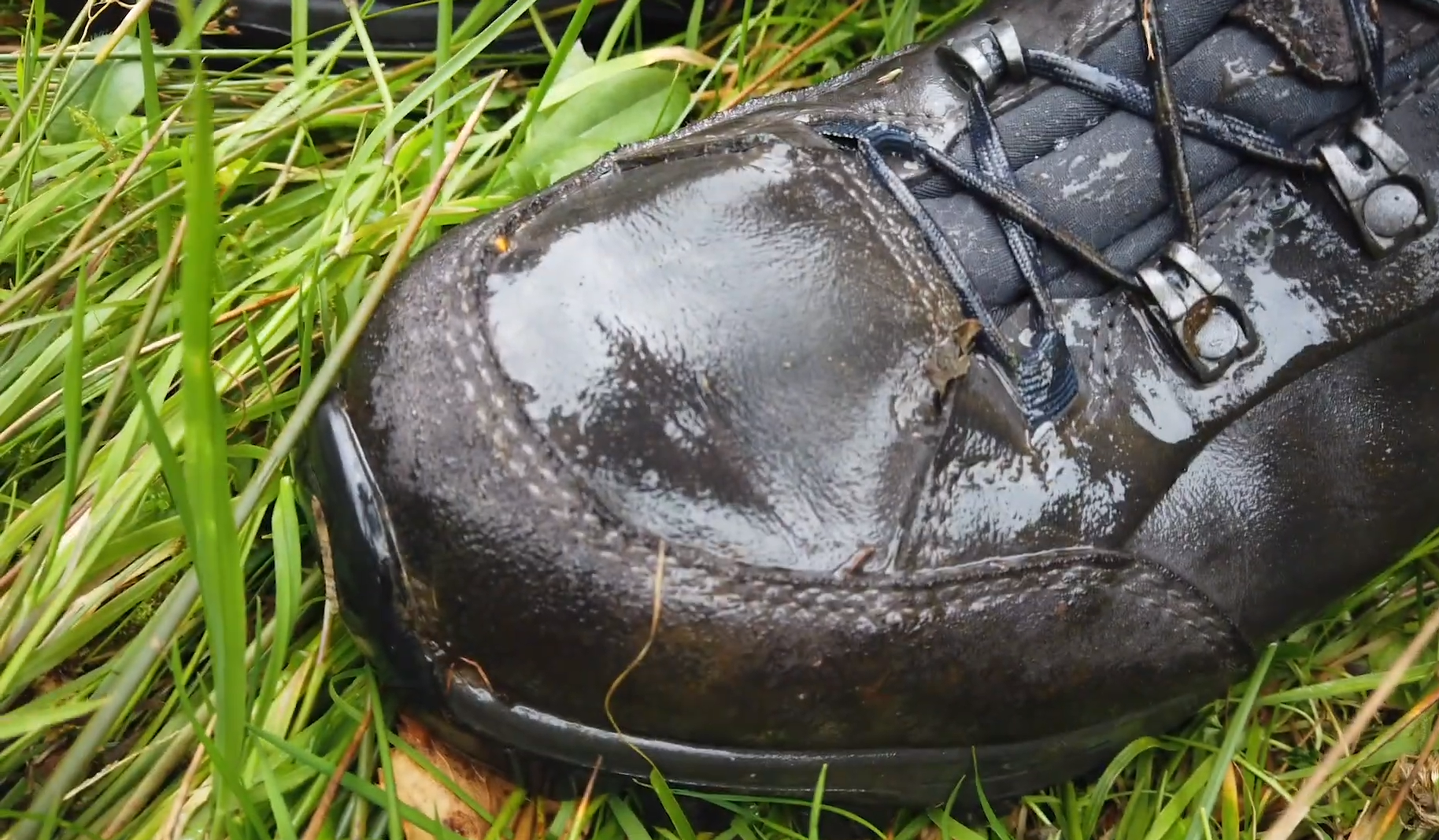
Hyponatremia
When you are hiking, your fingers may swell due to a condition called hyponatremia. Hyponatremia is the medical term for having low levels of sodium in your blood. It occurs more commonly among those who have been exercising in hot and humid environments such as during a hike.
Symptoms of hyponatremia include swelling of the hands and feet, fatigue, confusion, headache and nausea. If not treated immediately it can be fatal.
If you feel that your fingers are swelling, stop and take a break to allow your body to rest and rehydrate. If the symptoms continue, seek medical help immediately as dehydration can lead to hyponatremia which is a serious condition.
Menstrual hormones
Many people don’t realize that the hormones released during your menstrual cycle can affect how much fluid your body retains. When estrogen and progesterone levels spike during menstruation, they can cause water retention and swelling in your fingers. This is often more pronounced when you’re hiking due to the increase in physical activity and heat. To help relieve this symptom, it’s important to stay well hydrated throughout the hike by drinking lots of water. Additionally, taking medications such as ibuprofen or naproxen can reduce menstrual-related swelling in your hands. [1]
How to Prevent Hands from Swelling when Hiking
You can take some steps to help prevent your hands from swelling when you’re hiking.
- First, make sure you have the right type of gloves for the terrain and weather conditions. Choose lightweight, breathable gloves that allow your hands to stay cool and dry.
- Make sure you keep up with your hydration levels while on the trail. You don’t want to become dehydrated which can cause blood vessels to constrict and lead to swollen hands.
- Take regular breaks during your hike so that you can stretch out your arms and relax them for a few minutes. This will help reduce the pressure build-up in your fingers if they start feeling swollen or tight.
- If you can, try to keep your hands as warm as possible. Cold weather and wind chill can cause your fingers to swell, so wear gloves or mittens that will protect them from the cold.
- Try not to clench your fists while walking on rough terrain. This also contributes to swelling in the hands because it puts extra pressure on the joints. Instead, make sure you are using all of your fingers to help maintain balance on tricky trails.
By taking some of these precautions, you can help prevent your hands from becoming swollen when you’re out hiking. With the right protective gear and careful planning ahead of time, you should have a much more comfortable and enjoyable experience!
Try Trekking Poles
Trekking poles are an essential piece of gear for any avid hikers, and they can also help when it comes to preventing swollen fingers. Trekking poles allow you to transfer more of your body weight onto them instead of your hands, so that your hands don’t take as much impact from the terrain. It will also provide better balance on uneven ground. Make sure to adjust your trekking pole length correctly and find the angle that feels comfortable in order to get the most out of these tools! Additionally, hiking with your hands free means that you can easily reach into pockets or backpacks without having to stop hiking altogether. This is especially important if you need quick access to food or water during long hikes – nothing ruins a hike quite like having to stop and take off your gloves.
It’s important to make sure that you use trekking poles correctly – incorrect usage can create more strain on the hands and fingers, leading to increased swelling. Make sure to practice using them in a comfortable position, and that you are remaining aware of your surroundings at all times while hiking so as not to get too distracted by the poles themselves. Also, bear in mind that trekking poles are not suitable for steep or slippery terrain – it is best used when walking on flat ground, or somewhat even surfaces like small hills.
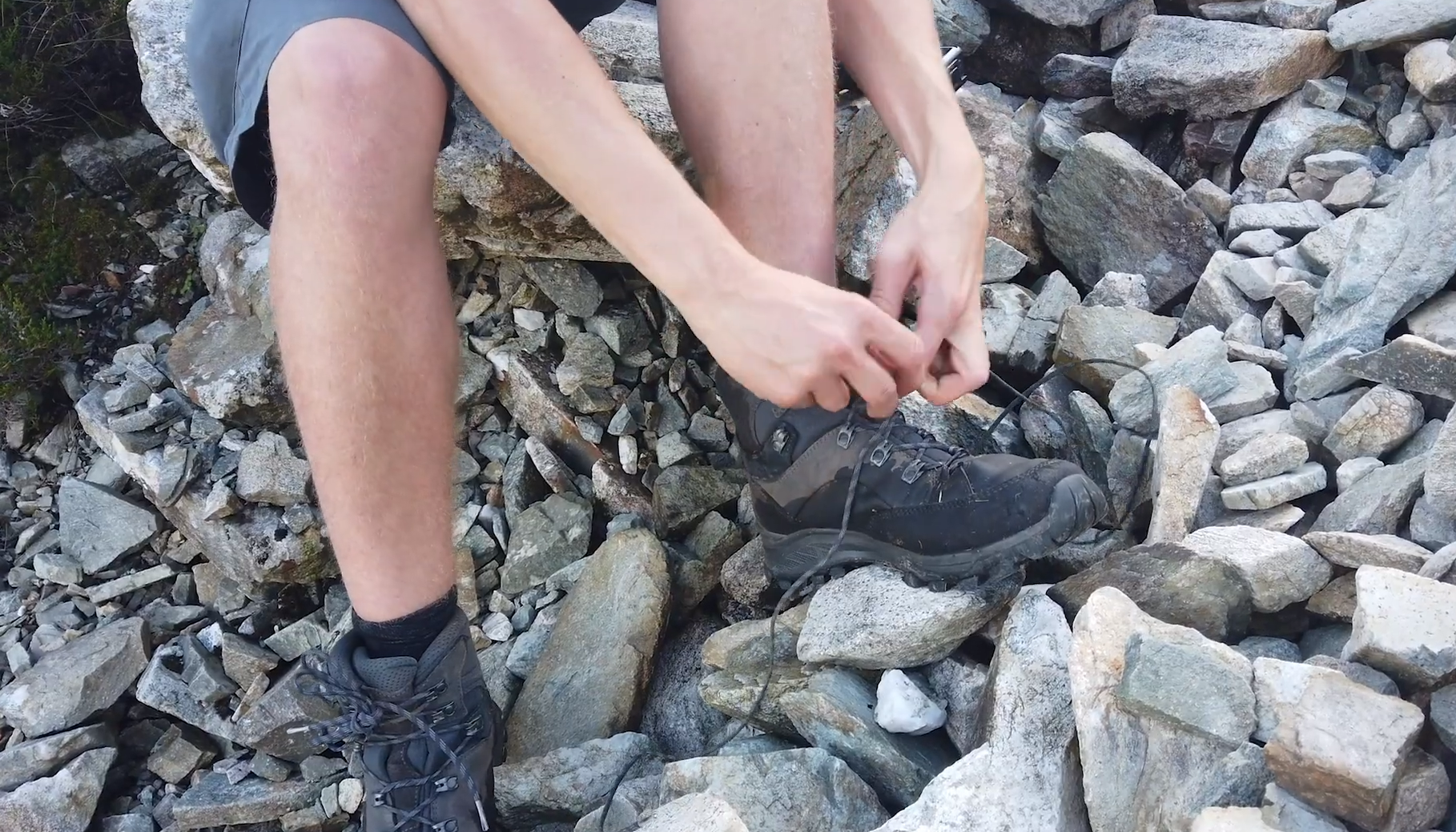
Adjust Your Backpack
The weight of your backpack can play a role in why your fingers swell when hiking. If you are carrying too much, you could be putting yourself at risk for swollen fingers and other health complications. Consider investing in a quality backpack with adjustable straps that will keep the load close to your body rather than on your extremities like your hands. Make sure you adjust the shoulder straps so it fits snugly to your body without compromising blood flow or circulation to any areas of your body including the hands.
Finally, if you are feeling any heaviness on your fingers when carrying a bag, set it down and readjust the straps. If that does not work, consider splitting up the load between multiple bags or people in your group instead of just one person carrying everything. Taking these steps can help ensure you have a safe and successful hike without any finger swelling or pain.
Engage Your Arms
When hiking, try to remind yourself to engage your arms. This will get the blood flowing in your hands and prevent them from getting swollen. It also serves as an extra form of exercise and can help you better enjoy the hike! You’ll be able to keep up with all the other hikers and have more fun. To engage your arms while walking, make sure they are swinging naturally at your sides with each step, instead of letting them hang limp by your sides or stay locked in one position. Additionally, if you find yourself having to carry a heavy bag for long periods of time, switch it from side to side every now and then so that both arms are evenly engaged during the hike.
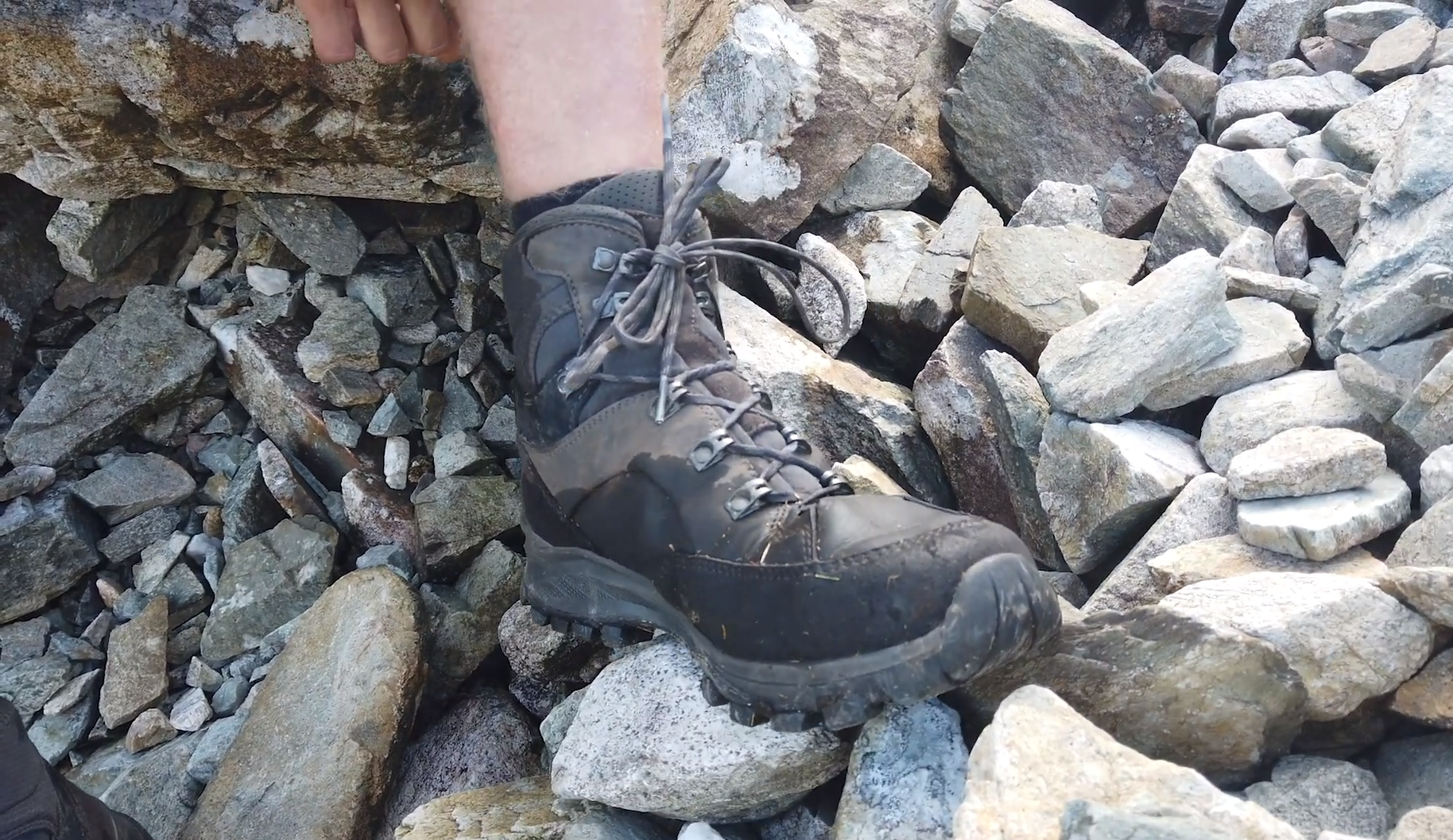
Compression Gloves
Compression gloves are a great way to help reduce swelling in the fingers when hiking. They provide even pressure to the entire hand, including the fingers. Some compression gloves come with adjustable straps for added support and comfort while others are made from breathable materials that allow them to be worn over long periods of time without becoming too sweaty or uncomfortable. When choosing a pair of compression gloves, look for ones that have been designed specifically for hikers so they can provide superior support and breathability during extended hikes. Also make sure you try on different sizes to find one that fits properly and won’t cause any discomfort or slipping around your hands while hiking. Wearing a pair of compression gloves will help reduce swelling in the fingers after long hikes, so make sure to keep a pair handy whenever you head out on the trails.
Hand Exercises
One way to help reduce the swelling of your fingers while hiking is to perform a few hand exercises. These exercises can be done multiple times throughout the day or just as needed. Here are some simple exercises that you can do:
- Make a fist and then open your hand wide, repeating several times. This exercise helps increase circulation in your hands and arms while also strengthening them for future hikes.
- Hold one finger up at a time with your other hand. Flex it gently toward the tip and back again. Focus on breathing deeply as you do this exercise to relax and improve circulation in the affected area.
- Wiggle all of your fingers slowly but vigorously, focusing on each individual finger for better results. This will help stretch out the tendons and muscles in your hands, reducing the risk of swelling.
These exercises are simple yet effective ways to help reduce finger swelling while on a hike. Make sure to take regular breaks throughout your hike so you can perform these exercises and give your hands a much-needed rest. With some practice, you’ll be able to keep your hands healthy and avoid hand fatigue or swelling during future hikes.
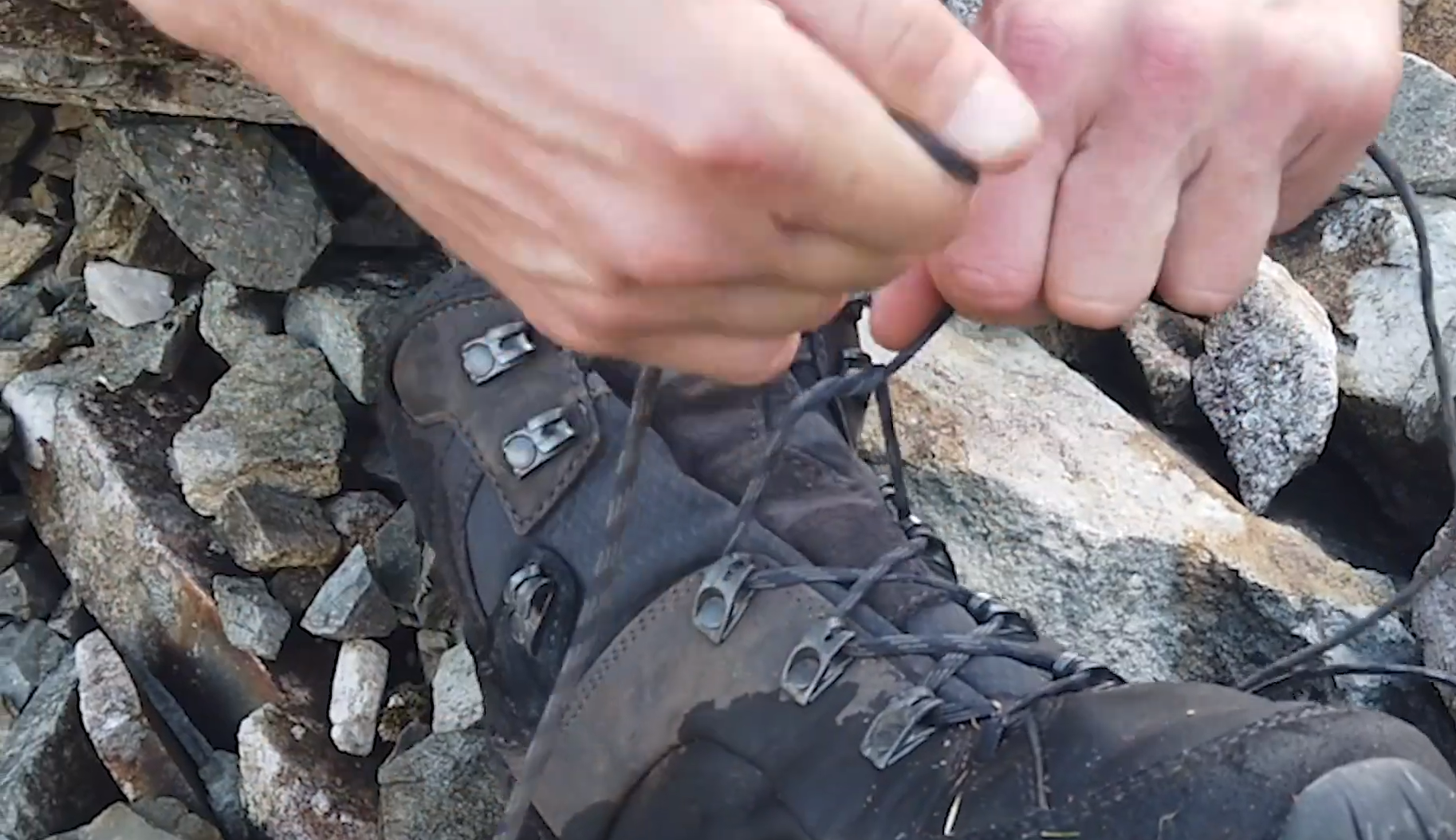
Isotonic Hydration
Isotonic hydration is an important factor to consider when it comes to why fingers swell when hiking. When the body is dehydrated, it may not have enough electrolytes such as sodium and potassium to keep fluid in balance within the cells. This can cause fingers to swell as water moves into them from outside of the cells.
It’s essential that hikers stay adequately hydrated during their expeditions, especially on hot days or if they are at high altitudes. Isotonic is one of the best ways to ensure proper hydration. Drinking isotonic drinks helps replace lost minerals while hydrating your body and keeping electrolytes in balance. It can also help reduce swelling in your fingers by maintaining a balanced level of fluids and electrolytes. [2]
It may also help to cut down on salty foods during your hikes as well as avoiding alcohol altogether. Salt and alcohol can both lead to dehydration, which can then cause swelling of the fingers due to an imbalance of electrolytes. Taking regular breaks during your hike is another way to keep hydrated and reduce finger swelling caused by excessive sweating or overexertion.
Wear Looser Clothing and Accessories
When going on a hike, it’s important to wear clothes and accessories that are not too tight. Wearing tight clothing can cause your circulation to be restricted, which can lead to your fingers swelling up as you walk along the trail. Additionally, if you plan on wearing any watches, rings or bracelets while hiking, make sure they aren’t too tight. Loose-fitting items will help ensure that your fingers don’t become swollen during the hike.
Lighten your Load
One of the main causes of swollen fingers while hiking is an excessive load. Carrying too much on your back can cause your body to become overworked, leading to swelling in the arms and hands. To reduce the risk, it’s important to lighten your pack. Try to limit yourself to essential items only, leaving out anything you don’t absolutely need. Make sure that your bag has plenty of compartments so that everything is evenly distributed across your body, mitigating strain on any particular part. Additionally, take regular breaks throughout the hike to rest and stretch out the muscles that have been working hard.
FAQ
How do I stop my fingers from swelling when I hike?
The best way to stop your fingers from swelling when you hike is to make sure that you are properly hydrated, as dehydration can cause your body to retain fluids which lead to swelling in the extremities. Another important tip is to wear lightweight and breathable gloves that help keep your hands warm but not too hot. Finally, it’s also important to take frequent breaks while hiking so that your body doesn’t become too stressed or overworked. Doing these things will ensure that your fingers stay safe and comfortable during a long day of hiking!
Why do my hands swell in the mountains?
It’s a common phenomenon for hikers to experience swollen fingers in the mountains. The altitude, cold weather, and sun exposure can all contribute to the swelling of your hands while you’re out on the trail. This swelling usually appears as an uncomfortable tightness or pressure around your joints, making it difficult to move your hands freely.
Luckily, there are some steps you can take to prevent this from happening. Here are some tips:
- Drink plenty of water throughout your hike. Staying hydrated helps to reduce inflammation caused by altitude and cold temperatures.
- Dress appropriately for the weather with layers that keep your body warm but also allow for breathability. Wearing clothing that is too tight can constrict blood flow and worsen swelling.
- Take frequent breaks and stretch your hands to counteract the effects of prolonged use.
- Always bring sun protection with you, even on cloudy days. Sunburn can worsen inflammation from altitude and cold weather conditions.
- Wear gloves when needed for extra warmth and protection from the elements! [3]
By following these simple steps, you can enjoy your hikes without worrying about swollen fingers! Just remember to stay hydrated, dress appropriately, take frequent breaks, apply sunscreen, and wear gloves when necessary. These tips will help keep your hands comfortable so you can focus on enjoying the great outdoors!
Do fingers swell at high altitude?
Yes, fingers can swell at high altitude. This is due to the low atmospheric pressure levels experienced when hiking or climbing in high-elevation areas. When this happens, your body struggles to circulate enough oxygen and other fluids throughout your system, resulting in swelling of both the hands and feet. The swelling is usually temporary and resolves itself with rest or descent from higher altitudes. However, if you experience persistent swelling of your fingers or toes that does not seem to go away even after descending to lower elevations, it could be an indication of a more serious condition such as Acute Mountain Sickness (AMS), which requires medical attention. [4]
Why do I swell up after hiking?
The short answer is that you’re likely experiencing inflammation due to a combination of factors. When it comes to our hands, the combination of increased pressure, friction, and elevation all contribute to swelling.
High-altitude treks can be especially rough on hands since the air is thinner up there and your body has less oxygen. This leads to an increase in blood flow and larger vessels in your extremities like fingers. The same goes for exposure to extreme temperatures whether you’re hiking in a cold climate or a hot desert environment. Temperature extremes will cause your blood vessels to expand which then results in inflammation and finger swelling.
Your external environment isn’t the only enemy when it comes to why your fingers keep swelling. Your type of clothing can also contribute to finger swelling after a hike. If you’re wearing tight-fitting gloves, your hands will be under increased pressure which can cause your joints to swell up. And if the fabric is rough or abrasive, like certain fabrics used for outdoor garments, this can rub against your skin exacerbating inflammation and leading to more swelling.
The best way to prevent finger swelling while out on a hike is by wearing lightweight and loose-fitting gloves that breathe well and provide plenty of cushioning without being too tight. Be sure to take breaks throughout your hike so your fingers have time to rest and make sure you stay properly hydrated with plenty of water before, during, and after the trek.
Useful Video: How To Avoid Blisters While Hiking | Lessons From Thousands Of Miles On The Trail
Conclusion
Fingers may swell when you are hiking due to a variety of factors, including allergies, dehydration, and overexertion. It is important to pay attention to the signs of swelling and take preventative measures such as drinking plenty of water and monitoring your body’s response. If symptoms persist, it is best to see a doctor for further advice or medical treatment. Understanding the reasons why fingers swell while hiking can help you enjoy the activity safely and comfortably. Happy trails!
References:
- https://www.backpacker.com/skills/swollen-fingers-while-hiking/
- https://hikingandfishing.com/swollen-hands-when-hiking/
- https://www.backpacker.com/skills/swollen-fingers-while-hiking/
- https://explorerchick.com/journal/hands-swelling-when-hiking/




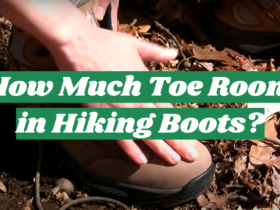
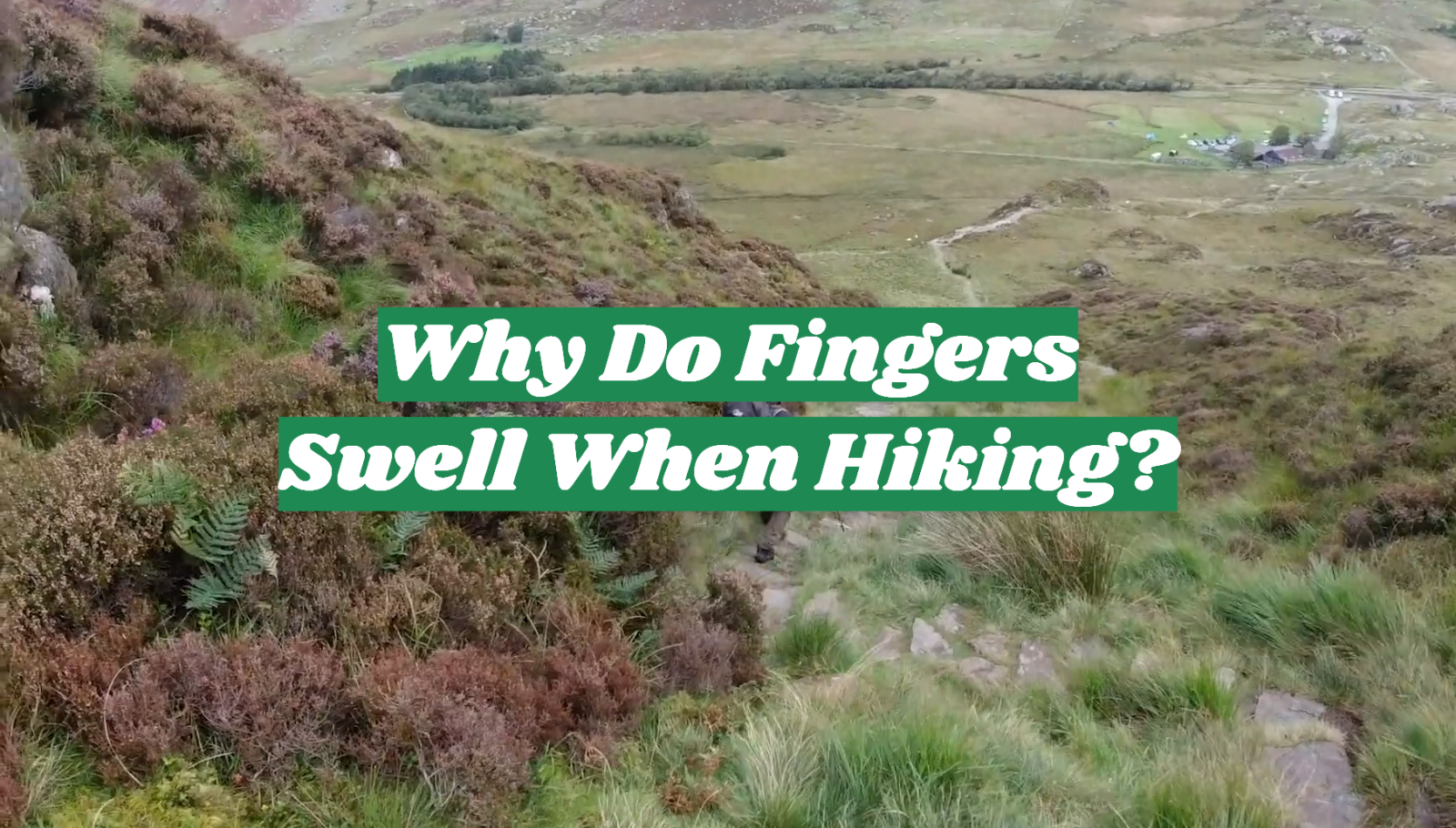
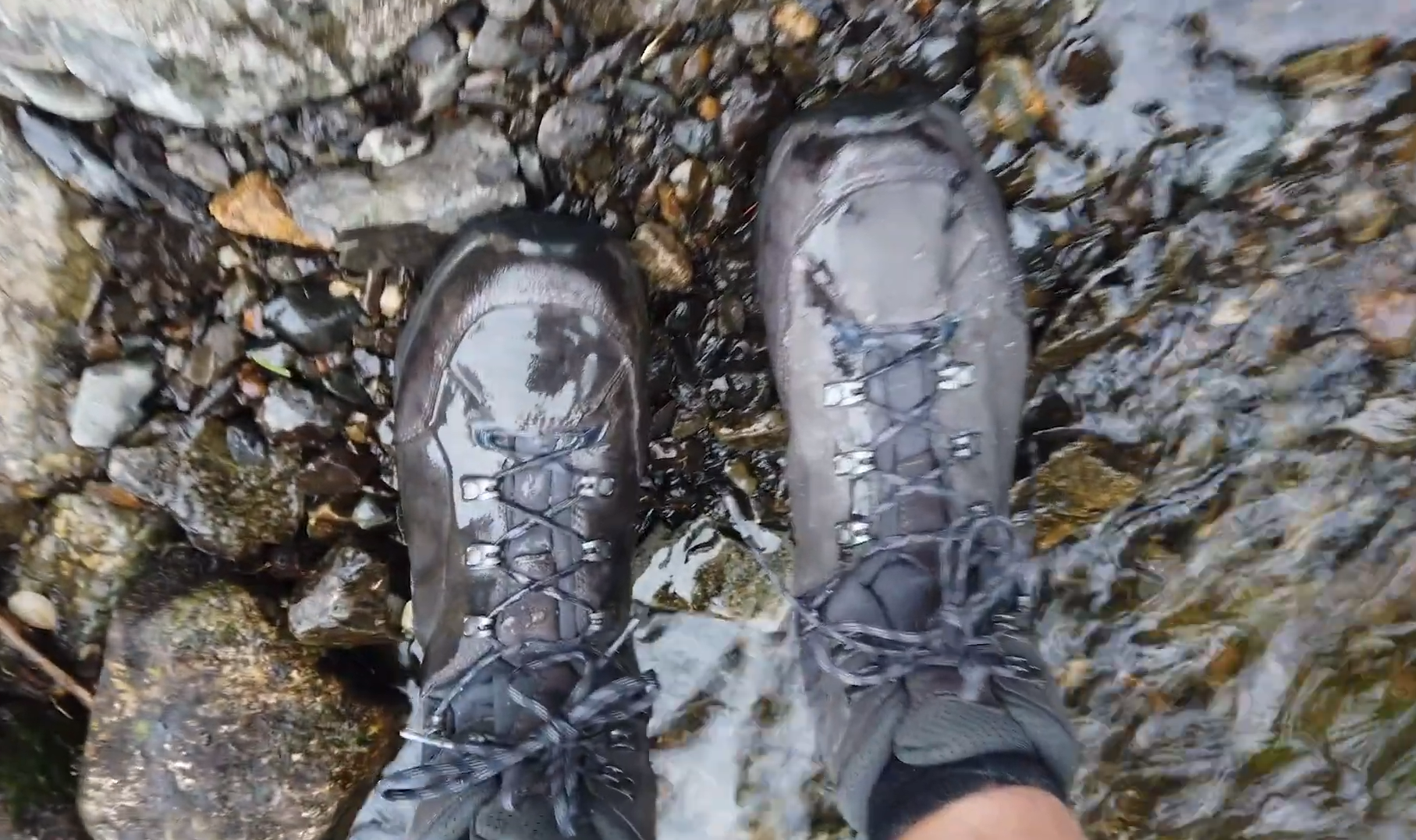


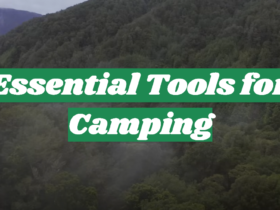
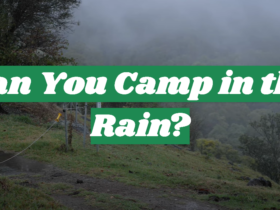
Leave a Review